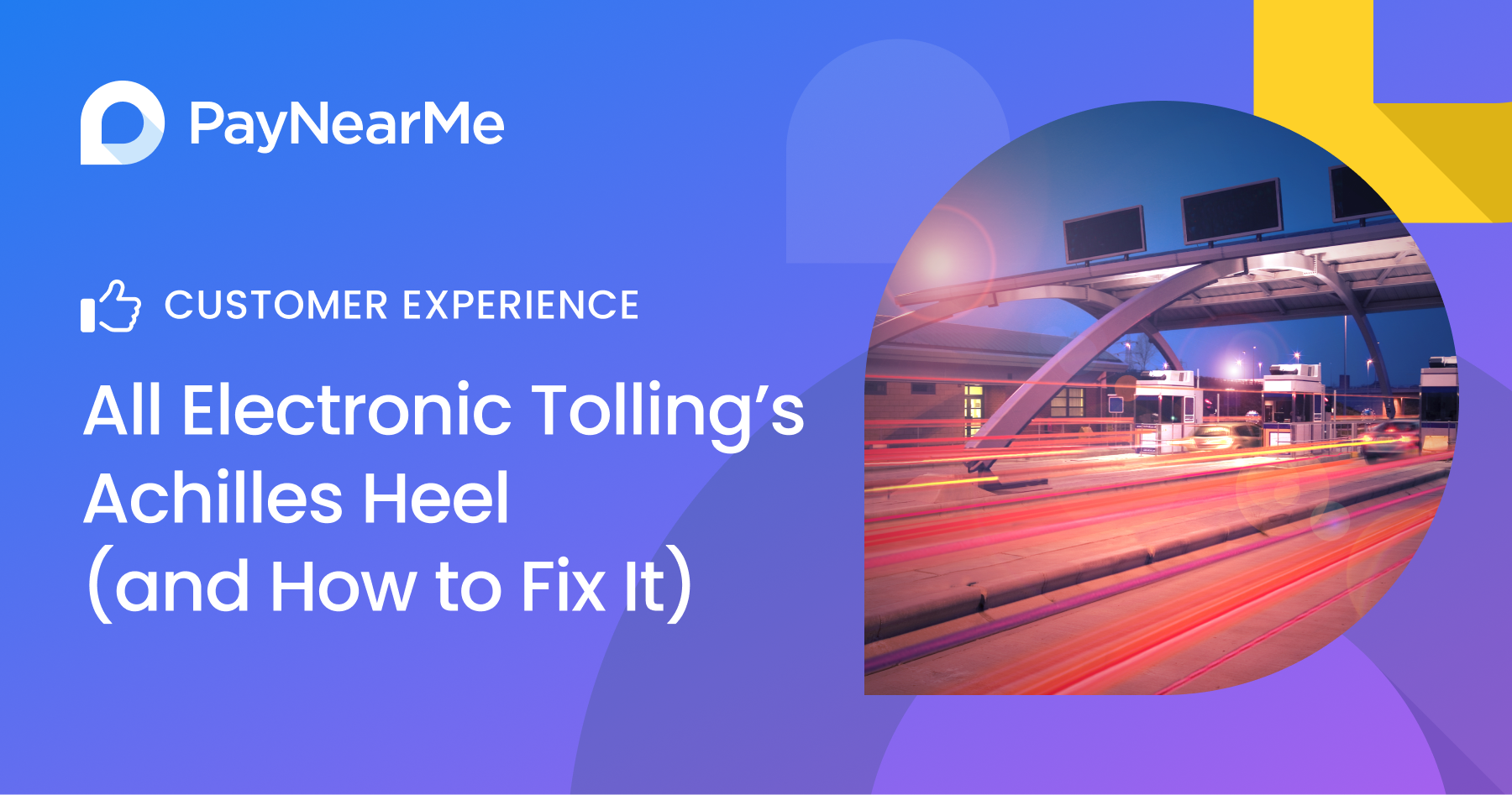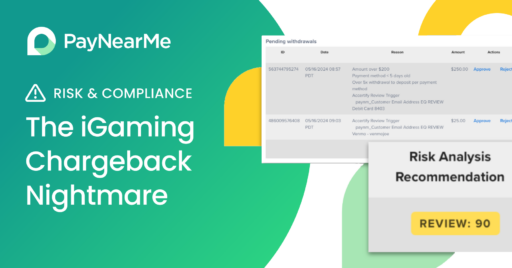All Electronic Tolling’s Achilles Heel (and How to Fix It)

There are many reasons to celebrate the shift to All Electronic Tolling (AET) on toll roads across America. It simplifies toll collection and cash management, alleviates congestion and improves highway safety, among other benefits. But like most paths to progress, the transition to AET has a major weakness.
Imagine driving to work, only to find yourself invoiced for a toll because you couldn’t pay digitally. For 10.5 million unbanked Americans, this is a daily reality that adds financial strain and creates a barrier to equitable highway access.
Drivers who aren’t able to make the digital switch must now be invoiced—a costly and potentially inequitable process that can quickly evaporate the savings delivered by electronic tolling. In fact, according to a 2022 Protiviti report completed for a large tolling agency:
“Higher processing costs, leakage, and lower collectability rates associated with Pay By Plate transactions result in nearly double the rates of E-PASS to cover the additional costs associated with this collection channel…Additionally, for the agencies interviewed which have undergone AET conversion, the cost savings generated through the elimination of cash collections did not offset the increased Pay By Plate costs.”
Ineffective invoice collection processes aren’t just an operational challenge—they cost toll agencies billions annually. Deloitte reports that, “across the top 40 toll authorities by revenue, over $20 billion in revenue is owed each year, but an estimated $2.24 billion goes uncollected due to ineffective account conversion processes and paperbased invoicing.”
And then there’s the question of inclusion and equity. For the 10.5 million unbanked Americans who rely on cash, AET systems risk marginalizing them from the very infrastructure they help fund. Without solutions to bridge this gap, toll roads may become yet another space where financial inequities are perpetuated.
In our webinar “Innovative Payment Strategies for Optimized Collection,” PayNearMe partnered with Toll Insight and leaders from Riverside County Transportation Commission, Transportation Corridor Agencies and Valor Intelligent Processing to understand the current gaps in AET, invoicing and collections, and discuss strategies you can use to address these challenges.
The tolling collections matrix
Traditional tactics of trying to collect unpaid tolls at any cost, from sending invoices to agent-led collections, are no longer sustainable. Instead, you need to shift your focus to influencing and changing driver payment behaviors.
For starters, think about their behaviors in terms of willingness and ability to pay (illustrated in the matrix below). From that perspective, you can prioritize efforts and identify targeted improvements. For example:
- First, identify the people who are least likely to pay, no matter what you do. Rather than waste money chasing them, focus on keeping others from slipping there. It’s a more strategic use of resources and can help speed up results.
- Next, think about people who are willing, but less able to pay. Often it’s because it’s harder for them to use a specific payment method, if only limited options are available. Or if they want to pay the tolls in cash, they have nowhere to do that, or it’s a big hassle to get to a walk-in center during business hours to pay in person.
For those motorists, it’s key to remove friction and make payment seamlessly easy. That means offering more ways to pay toll invoices, including digital wallets and using cash at retail locations. And enabling them to manage it all in a few taps with a self-service payment app.
- Also look at people who are able to pay, but less willing. They too may be more likely to pay if given more convenient, frictionless options.
Modern payments: The key to efficient & equitable tolling
Instead of relying on last-minute interventions, it’s critical to adapt to consumer behaviors and meet them where they are. Providing a modern payment infrastructure increases the likelihood that drivers will pay invoices, which in turn helps you reduce the overall cost of collection.
What does that look like? Make it easy for drivers to pay how, when and where they prefer:
- Personalized QR code on invoices: Make every invoice payment-ready with personalized QR codes. With a quick scan, drivers can securely access their account and pay—no passwords or additional steps required.
- Cash payments at retail stores: Empower drivers to pay with cash at popular retail stores, such as Walmart, CVS and 7-Eleven. These familiar locations offer an accessible solution for unbanked drivers, ensuring no one is left behind.
- Digital wallets as a cash alternative: Beyond cards and ACH, enable drivers to pay with digital wallets, such as PayPal, Venmo, Apple Pay, Cash App Pay and Google Pay. Wallet options are important for those who don’t want to directly provide their card or bank information, or prefer to pay bills using a stored balance in their wallet app.
Providing as much convenience and flexibility as possible is a powerful way to shift payment behaviors toward more desirable and equitable outcomes.
Start improving your toll collection success rate
Innovating at the speed of change is tough for any organization. That’s why many leading toll authorities are collaborating with PayNearMe to stand up modern payment systems quickly and efficiently.
PayNearMe helps toll agencies like yours to solve invoice collectability challenges and lower the total cost of processing payments. Making it easier for drivers to pay helps dramatically reduce exceptions that would otherwise escalate costs, such as late/non-payments, returns and chargebacks.
As road traffic continues to increase and AET becomes the norm, tolling agencies need more robust strategies to cost-efficiently collect payment. PayNearMe enables clients to quickly implement and configure a hosted payments platform to meet their specific needs.
“With PayNearMe, now we are limitless in our ability to offer customers a way to pay that they want to choose. Apple Pay was the fan favorite, but every option was used significantly, which means these are options that have been needed for a long time.”
-Gordon Beck, Valor Intelligent Processing
The future of tolling is inclusive, efficient and equitable—but only with the right payment strategies in place. Take the first step toward modernizing your toll collection process by requesting a demo, or dig deeper into the strategies outlined above by watching the on-demand webinar.



